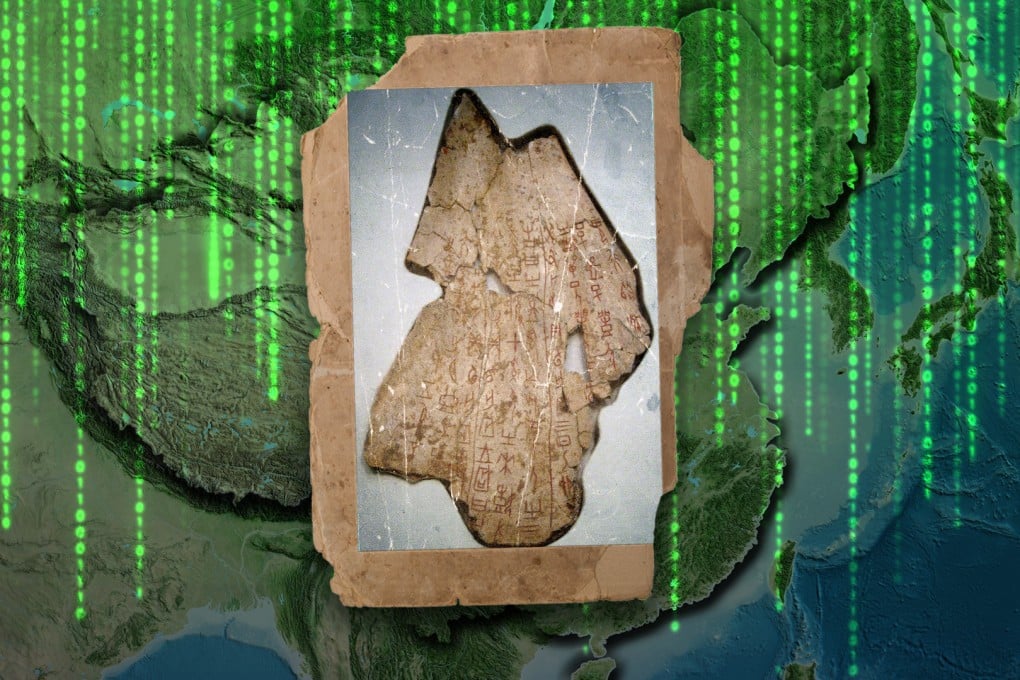Recent study into ancient Chinese oracle bones highlights how AI is changing archaeology
Pattern recognition algorithm could determine if a 3,000-year-old oracle bone was written by someone left-handed or right-handed

A recent study from mainland China has highlighted the types of archaeological insights that are expected to become increasingly common as artificial intelligence (AI) technology is employed more widely.
The team, from Xi’an Jiaotong-Liverpool University in Suzhou and Renmin University in Beijing, conducted an in-depth analysis of one of the earliest forms of writing – oracle bones –to determine whether the 3,000-year-old authors were left-handed or right-handed.
In a preprint that has not yet undergone peer review, the team utilised digital copies of oracle bones and employed an unsupervised deep-learning tool called Bone2Vec to analyse the inscriptions.
Their goal was to gain further insight into whether humans were biologically predisposed to being right-handed, or if that phenomenon arose from the development of societies.
Wang Hefei, a study author and associate dean at the International Business School Suzhou (IBSS), told the Post that the research “indeed suggests that handedness might be rooted in biology”.
The paper added that, given the prevalence of right-handedness among most primates, the fact that most people are right-handed was likely the result of human nature, and not millennia-long nurture.